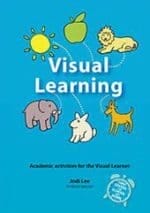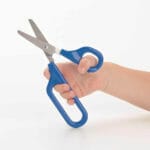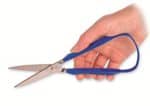Fine Motor Skills: Handwriting with ASD
The Ultimate Guide to Enhancing Your Child’s Fine Motor Skills through Handwriting:
- The Kids' Guide to Getting Your Words on Paper | by Lauren Brukner | Does your hand ache when you write?
Packed with fun and simple ideas to help kids feel good about writing, this handwriting book with a difference helps children embed the strength and skills they need to get the most out of their written work, at home and school!
From different kinds of cushions, hand warm-ups, and cool eye scan exercises, and pencil grips to yoga balls in cardboard boxes, personalized activity binders, playdough, lego, and Velcro on pencils, this book is filled with fun stuff to help kids focus, get stronger, and be in control of their writing. The strategies in the book are accompanied by cartoon-style illustrations, and the author includes useful tips for parents and teachers as well as handy visual charts, a quiz to identify areas of most difficulty, and checklists for children to track their own progress.
Armed with the strategies and exercises in this book, kids will be well on their way to writing with greater ease, and the positive self-esteem that goes along with that. Suitable for children with writing difficulties aged approximately 7 to 12.
9 in stock












